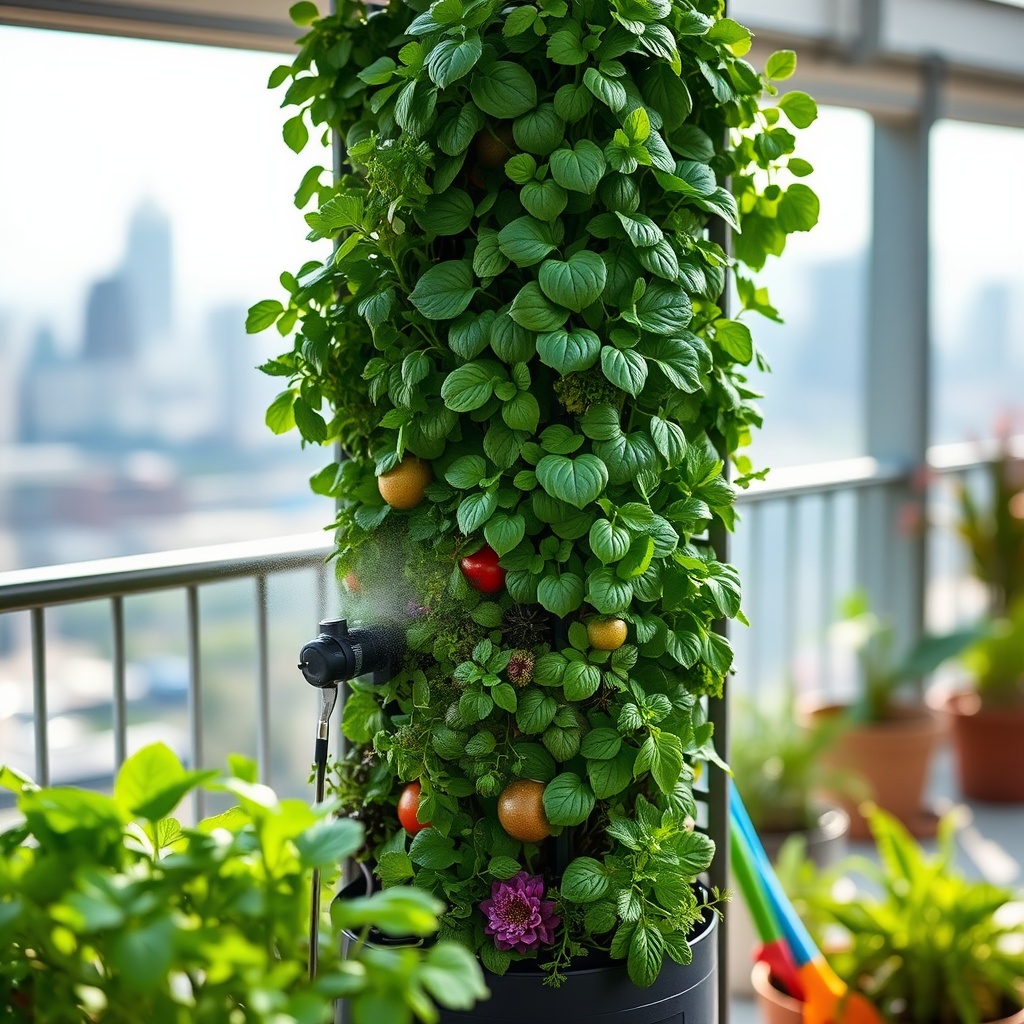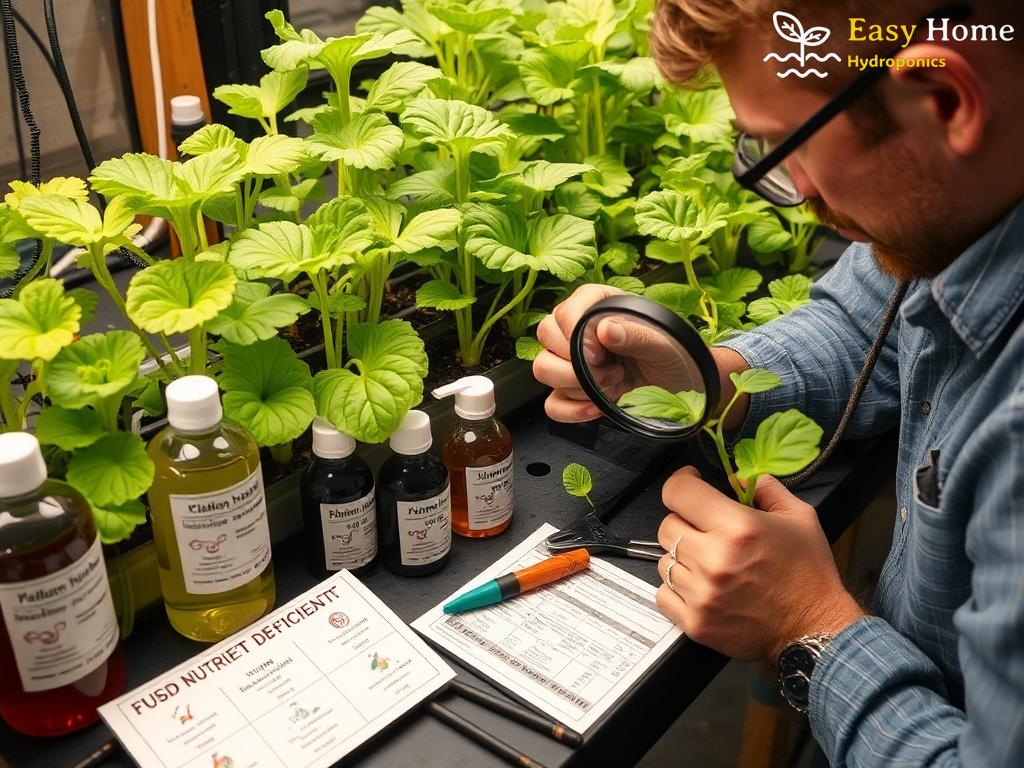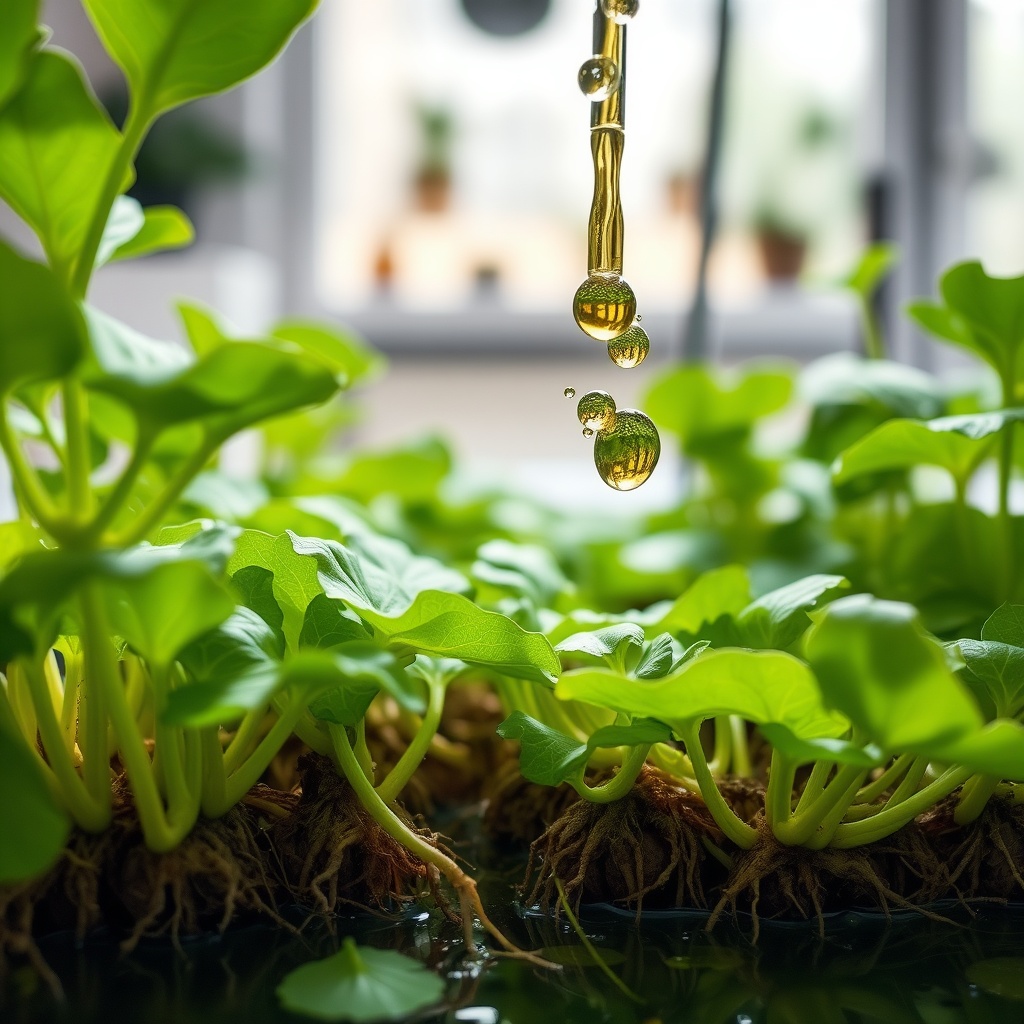The Importance of Maintaining Optimal Temperatures
In the world of home gardening, particularly hydroponics, temperature control is a critical factor that can make or break your plants’ success. Nutrient solutions are the lifeblood of your hydroponic system, providing essential minerals and nutrients directly to the roots. However, the benefits of these solutions can be compromised if the temperature is not appropriately managed. This article aims to shed light on the significance of temperature control and how to achieve it effectively at home.
Understanding Temperature’s Impact on Nutrient Solutions
Temperature affects not only the solubility of nutrients but also the metabolic rates of your plants. Warmer temperatures can lead to increased nutrient uptake, but if the temperature exceeds a certain threshold, it can result in nutrient lockout and even root damage. Conversely, too cold a solution might slow down plant growth significantly. Understanding the balance is crucial for optimal plant health.
Here’s a breakdown of temperature ranges and their effects:
- Optimal Temperature: 65°F – 75°F (18°C – 24°C) – Ideal for most nutrient solutions.
- Critical Range: 75°F – 85°F (24°C – 29°C) – Nutrient uptake increases but risks root issues.
- Danger Zone: Above 85°F (29°C) – High risk of root rot and nutrient lockout.
- Low Temperature: Below 65°F (18°C) – Slower growth and nutrient absorption.
Effective Methods for Temperature Regulation
Now that we understand the importance of maintaining the right temperature, the next step is identifying effective methods for temperature regulation in your home setups. Here are some strategies that can help you maintain optimal conditions:
- Use Water Heaters: Submersible heaters can help maintain warm temperatures during colder months.
- Coolers and Ice Packs: In hotter climates, consider using ice packs or a chiller to keep nutrient solutions cool.
- Insulation: Insulate your reservoirs to minimize temperature fluctuations caused by ambient conditions.
- Monitoring Systems: Invest in digital thermometers and automated systems that alert you when temperatures go outside your set range.




